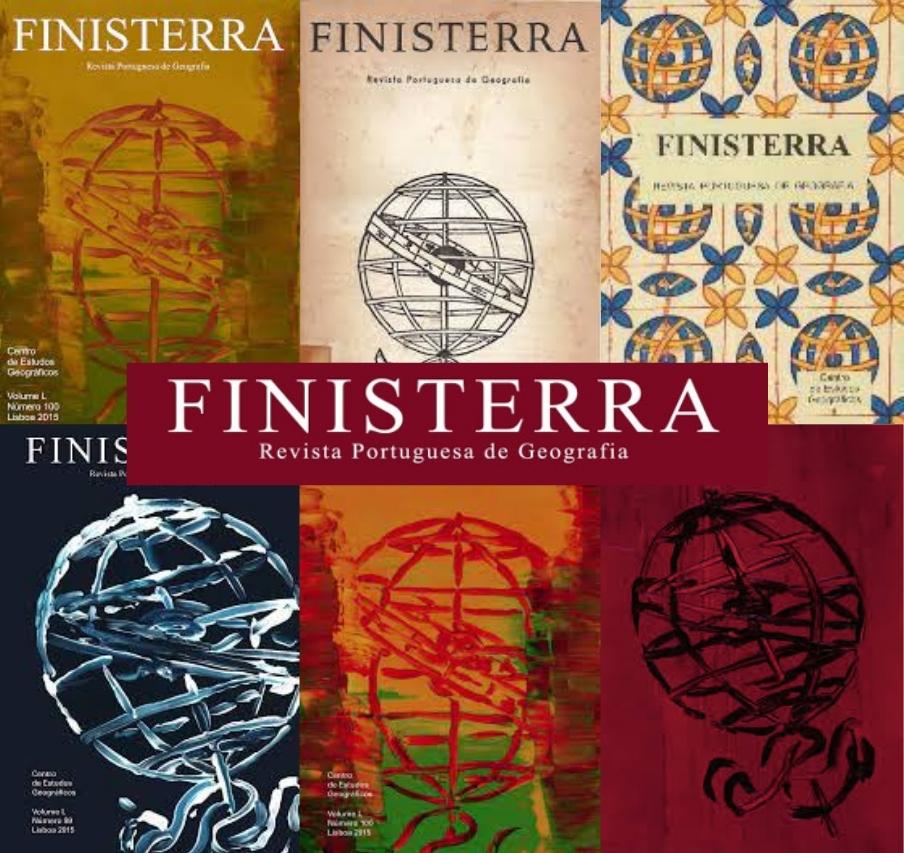A DUPLA FACE DOS POLÍGONOS QUE CONFIGURAM, AMBIENTAL E HISTORICAMENTE, A MICRORREGIÃO DA CHAPADA DOS VEADEIROS: PROTEÇÃO DOS RECURSOS NATURAIS E A GERAÇÃO DE CONFLITOS
DOI:
https://doi.org/10.18055/Finis16975Abstract
ABSTRACT - THE DOUBLE-SIDE OF THE POLYGONS CONSTITUTING THE CHAPADA DOS VEADEIROS MICROREGION ENVIRONMENTALLY AND HISTORICALLY: PROTECTION OF NATURAL RESOURCES AND THE GENERATION OF CONFLICTS. This study aims at analyzing the conflicts that occur regarding the use and occupation of the soil in areas of protection and conservation of nature at the Chapada dos Veadeiros Microregion, a mosaic composed of human occupations with diversified interests: environmental protection, represented by environmentalists; agribusiness, under the domain of “ruralists”; mining, with strong presence of small prospectors and mining companies; Tourism, which is growing, but worrying environmentalists; small landowners, who need to survive, but are confined to small areas surrounded by agricultural companies; and by ancestry, with the presence of African descent, the Kalunga Quilombola Community, in addition to the non-governmental organizations (NGOs), having strong presence in the area. In geographic terms, this Microregion is a true patchwork quilt, where the limits of the cities that compose it are interlaced with the limits of the Pouso Alto Area of Environmental Protection, with the Reserve of the Brazilian Savanna Biosphere and with the Historical and Cultural Heritage Site of the Kalunga, all with their specific legislations. Within this web, conflicts are a reality, and the actors diverge in their interests.
Keywords: Overlapping of Polygions. Conflicts for the land use. Conservation units.
Downloads
Downloads
Published
How to Cite
Issue
Section
License
-
Authors are responsible for the opinions expressed in the texts submitted to Finisterra.
-
Authors retain copyright and grant the journal right of first publication with the work simultaneously licensed under a Creative Commons Attribution License that allows others to share the work with an acknowledgement of the work's authorship and initial publication in this journal.
-
Authors must commit to complying with the “Guidelines for article submission”, on the RCAAP platform.
-
Whenever a text may require amendments based on suggestions made by the Scientific Reviewers and/or the Executive Committee, authors must agree to accept these suggestions and implement the requested changes. If authors disagree with any of the amendments suggested, they will need to provide justifications for each individual case.
-
Reproduction of materials liable to copyright laws has been granted permission in advance.
-
Texts are original, unpublished and have not been submitted to other journals.
License URL CC Attribution-NonCommercial-NoDerivatives (BY-NC-ND)




_(2).jpg)

